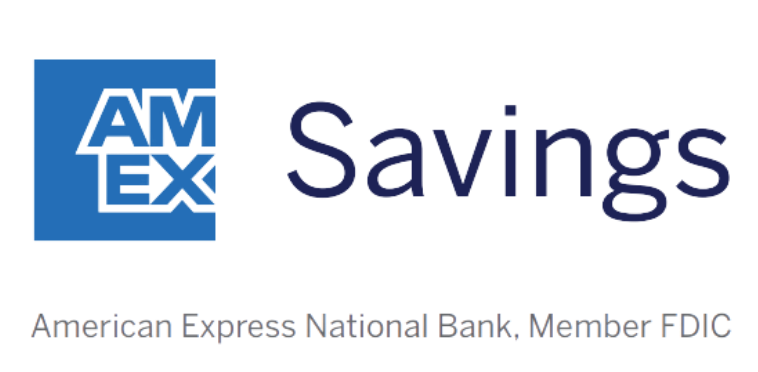It’s a good time to have money in a savings account. Granted, it’s important to have savings at all times, because you never know when an emergency expense or situation might arise. But it’s so beneficial to have a loaded savings account right now because interest rates are still sitting at a high.
Many banks — particularly online ones — are offering an APY of 4% or higher for a high-yield savings account. Given that you could barely get over 1% a few years back, that’s huge.
But while you might earn a nice amount of interest with, say, $5,000 in a high-yield savings account, your interest earnings aren’t guaranteed. And if you don’t need that money for emergency fund purposes, then you may want to move it out of a savings account and put it elsewhere.
How much interest can you earn on a $5,000 deposit today?
Two factors will determine how much interest you can earn on $5,000 in savings. The first is your specific bank, and the second is the extent to which interest rates fall.
Our Picks for the Best High-Yield Savings Accounts of 2024
|
Capital One 360 Performance Savings 
APY 4.25%
|
APY 4.25%
|
Min. to earn $0 |
|
CIT Platinum Savings 
APY 4.85% APY for balances of $5,000 or more
Min. to earn $100 to open account, $5,000 for max APY
|
APY 4.85% APY for balances of $5,000 or more
|
Min. to earn $100 to open account, $5,000 for max APY |
|
American Express® High Yield Savings 
APY 4.25%
|
APY 4.25%
|
Min. to earn $0 |
The Federal Reserve is expected to lower its benchmark interest rate in September. And that rate cut is projected to be the first of several. So while your high-yield savings account may be offering you a 4.25% APY today, later this year, your APY might fall to 3.95%. And by mid-2025, you may be looking at 3.25% — or possibly less.
In the absence of a crystal ball, it’s impossible to know. But you shouldn’t expect the APY you’re getting today to stick around for much longer.
That said, if you’re getting a 4.25% APY on a $5,000 deposit now and that rate somehow stays in place, then after 12 months, you’re looking at $212.50 in interest. With a 4% APY, you’re looking at $200. But again, since savings account rates are expected to fluctuate a lot in the coming year and dip, it’s hard to calculate exactly how much money you can make on $5,000.
A better way to grow your money than a high-yield savings account
Any money you have earmarked for your emergency fund should sit in a savings account, regardless of what interest rates look like. You need a safe home for that cash, and you need to be able to access it at a moment’s notice. But if you have $5,000 beyond what you need for your emergency fund, then it pays to take it out of your savings account this month and put it into either a CD or a brokerage account.
Opening a CD is a smart move if you want to keep your money in the bank for five years or fewer. A window that short isn’t enough time to invest in stocks because you’re taking the risk of the market tanking and you not having enough time to ride out a downturn.
But since CD rates are so high right now, you might still get a 5% APY on a 12-month term. For a $5,000 deposit, that’s a guaranteed $250 in interest.
Meanwhile, if you invest your $5,000, there’s no telling what it might be worth in a year. And there’s a chance that 12 months from now, your $5,000 could be worth a lot less.
But you should know that over the past 50 years, the stock market’s average annual return has been 10%, which accounts for strong years and years with market crashes alike. So if you invest $5,000 at a 10% yearly return for the next 25 years, you could end up growing it into a little over $54,000.
Even if interest rates fall quite a bit in the next year, you can still earn a decent amount of money by keeping $5,000 in a high-yield savings account. But if that money isn’t for emergencies, then it could benefit you to move it someplace where you can earn a lot more.
